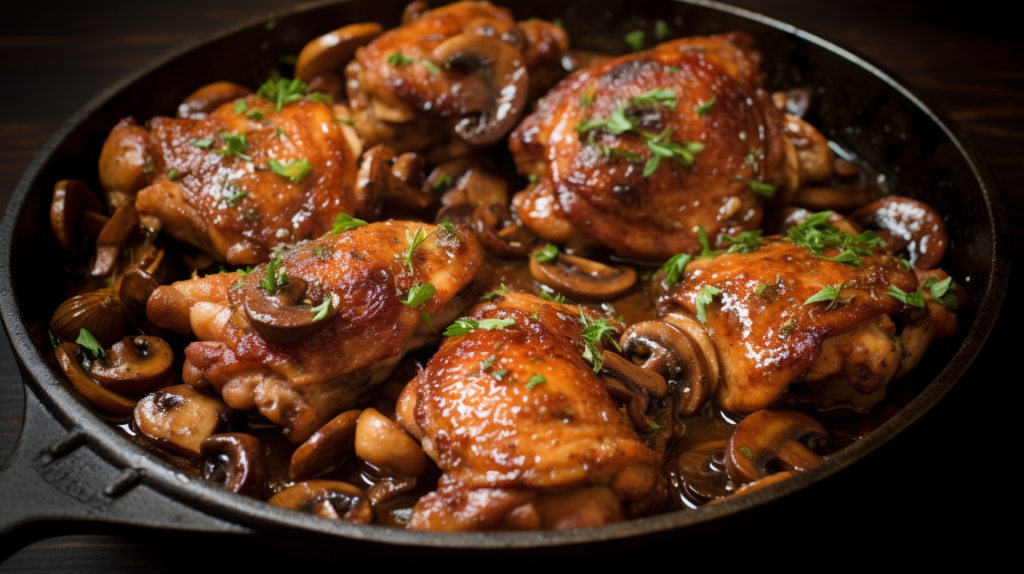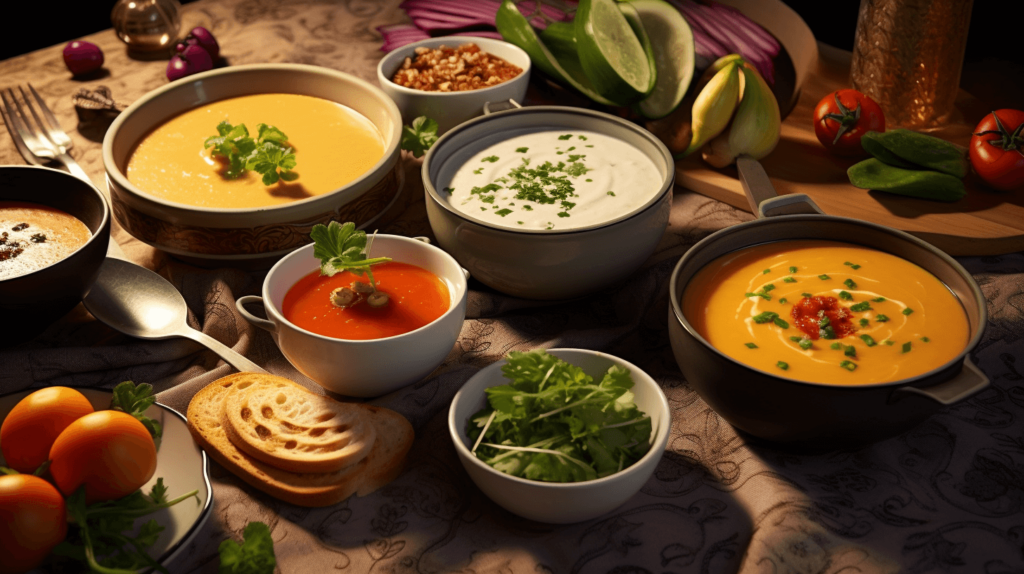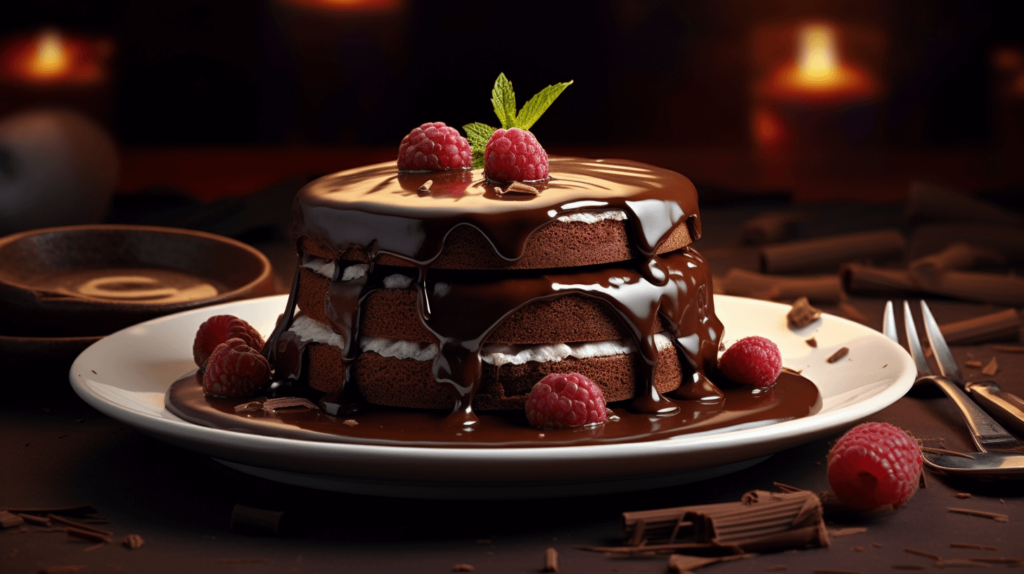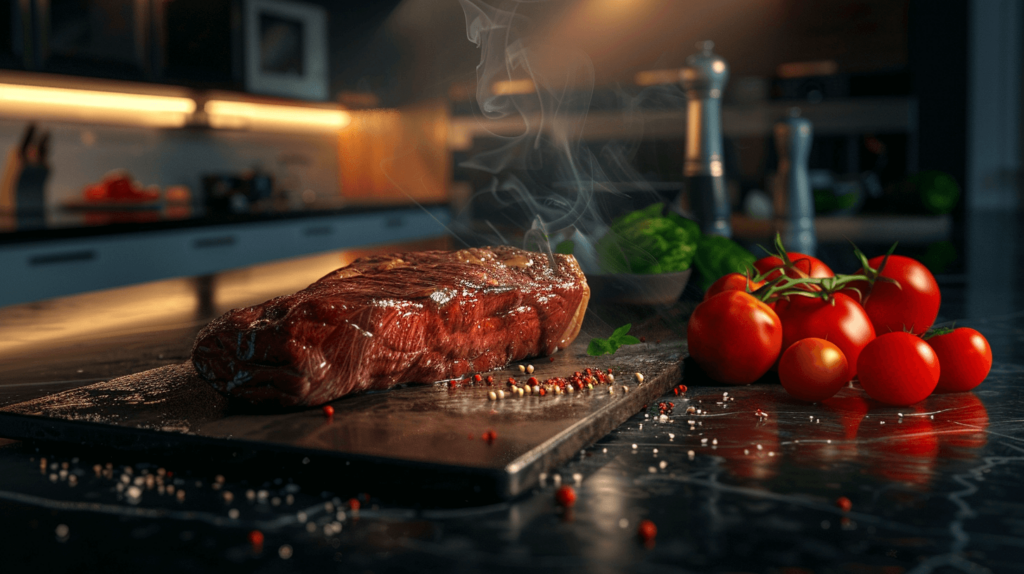Chicken is a staple protein in many households, but it can be tricky to cook perfectly every time. Whether you’re grilling, roasting, or sautéing, understanding the science behind cooking chicken can help you achieve juicy, tender, and flavorful results. In this blog post, we’ll cover the basics of chicken cooking, innovative techniques, texture, flavor enhancements, cooking on the bone, easy dinner ideas, home cooking tips, and health benefits.
The Basics of Chicken Cooking: Temperature and Time
When it comes to cooking chicken, temperature and time are crucial factors. The safe internal temperature for cooked chicken is 165°F (74°C). This ensures that any harmful bacteria present in the meat are killed. Cooking time varies depending on the cut and cooking method. For example, boneless, skinless chicken breasts may only take 10-12 minutes to cook on a grill or stovetop, while a whole chicken may take 1-2 hours in the oven. It’s important to use a meat thermometer to check the internal temperature and avoid overcooking chicken, which can result in dry and tough meat.
Innovative Chicken Cooking Techniques: Sous Vide and Brining
Two innovative techniques that can result in juicy and tender chicken are sous vide cooking and brining. Sous vide cooking involves vacuum-sealing chicken and cooking it in a water bath at a precise temperature. This method allows for precise control over the cooking temperature and ensures that the chicken is cooked evenly throughout. Brining involves soaking chicken in a saltwater solution before cooking. This process helps to enhance the flavor and moisture of the meat, resulting in juicier and more flavorful chicken.
Perfecting Texture: Techniques for Juicy, Tender Chicken
Achieving the perfect texture is key to cooking delicious chicken. There are several techniques you can use to ensure your chicken is juicy and tender. First, using a meat thermometer to check the internal temperature is essential. This will help you avoid overcooking the chicken and ensure it reaches the safe internal temperature of 165°F (74°C). Additionally, resting the chicken after cooking is important. This allows the juices to redistribute throughout the meat, resulting in a more flavorful and tender final product. Finally, when slicing cooked chicken, be sure to cut against the grain. This will prevent the meat from becoming stringy and tough.
Flavor Enhancements: Marinades, Rubs, and Seasonings
Enhancing the flavor of chicken can take your dish to the next level. Marinades are a great way to add flavor and moisture to chicken. They typically consist of a combination of acid (such as lemon juice or vinegar), oil, and seasonings. Marinating chicken for at least 30 minutes, or even overnight, can infuse it with delicious flavors. Rubs are another option for adding flavor to chicken. These mixtures of herbs, spices, and other seasonings are applied directly to the surface of the meat before cooking. Rubs can create a flavorful crust on the outside of the chicken. Finally, don’t underestimate the power of simple seasonings like salt, pepper, garlic powder, and paprika. These can enhance the natural flavor of chicken without overpowering it.
The Benefits of Cooking Chicken on the Bone

Cooking chicken on the bone can result in juicier and more flavorful meat. The bones act as a natural heat conductor, helping to distribute heat evenly throughout the meat. This results in more even cooking and prevents dryness. Additionally, cooking chicken on the bone can add depth of flavor to your dish. As the chicken cooks, the bones release collagen and gelatin, which contribute to a richer taste and texture.
Easy Chicken Dinner Ideas: One-Pan Meals and Sheet Pan Dinners
When it comes to cooking chicken, convenience is key. One-pan meals and sheet pan dinners are easy and convenient ways to cook chicken. These meals involve cooking chicken and vegetables on one pan, minimizing cleanup. Simply season the chicken, arrange it on a baking sheet with your choice of vegetables, and roast in the oven until cooked through. This method allows the flavors to meld together and creates a delicious and complete meal in one dish.
Home Cooking Chicken Tips: Choosing the Right Cut and Prepping for Cooking
Choosing the right cut of chicken for your recipe is important for achieving the desired results. Boneless, skinless chicken breasts are a popular choice for their lean and versatile nature. They cook quickly and can be used in a variety of dishes. However, bone-in, skin-on chicken thighs or drumsticks can offer more flavor and tenderness. When prepping chicken, be sure to trim any excess fat and remove any giblets or organs that may be inside the cavity. Properly seasoning the chicken before cooking is also crucial for enhancing flavor. Be sure to season both sides of the meat with salt, pepper, and any other desired seasonings.
Health Benefits of Cooking Chicken: Lean Protein and Nutrients
In addition to being delicious, cooking chicken can also offer several health benefits. Chicken is a lean protein source, meaning it contains less fat and calories compared to other meats like beef or pork. This makes it a great option for those looking to manage their weight or maintain a healthy diet. Chicken is also a good source of nutrients like vitamin B6 and niacin, which play important roles in energy production and metabolism.
Mastering the Science of Cooking Chicken for Delicious and Healthy Meals
Understanding the science behind cooking chicken can help you achieve delicious and healthy meals every time. By using innovative techniques like sous vide cooking and brining, perfecting texture through proper temperature control and resting, enhancing flavor with marinades, rubs, and seasonings, cooking on the bone for juicier results, and following home cooking tips for choosing the right cut and prepping properly, you can cook chicken like a pro. So next time you’re in the kitchen, put your knowledge of the science of cooking chicken to use and enjoy a delicious and nutritious meal.
If you’re looking for more delicious recipes to try, check out this Creamy Wild Rice Soup Recipe from Relish the Daily. It’s a comforting and hearty soup that is perfect for those chilly nights.





